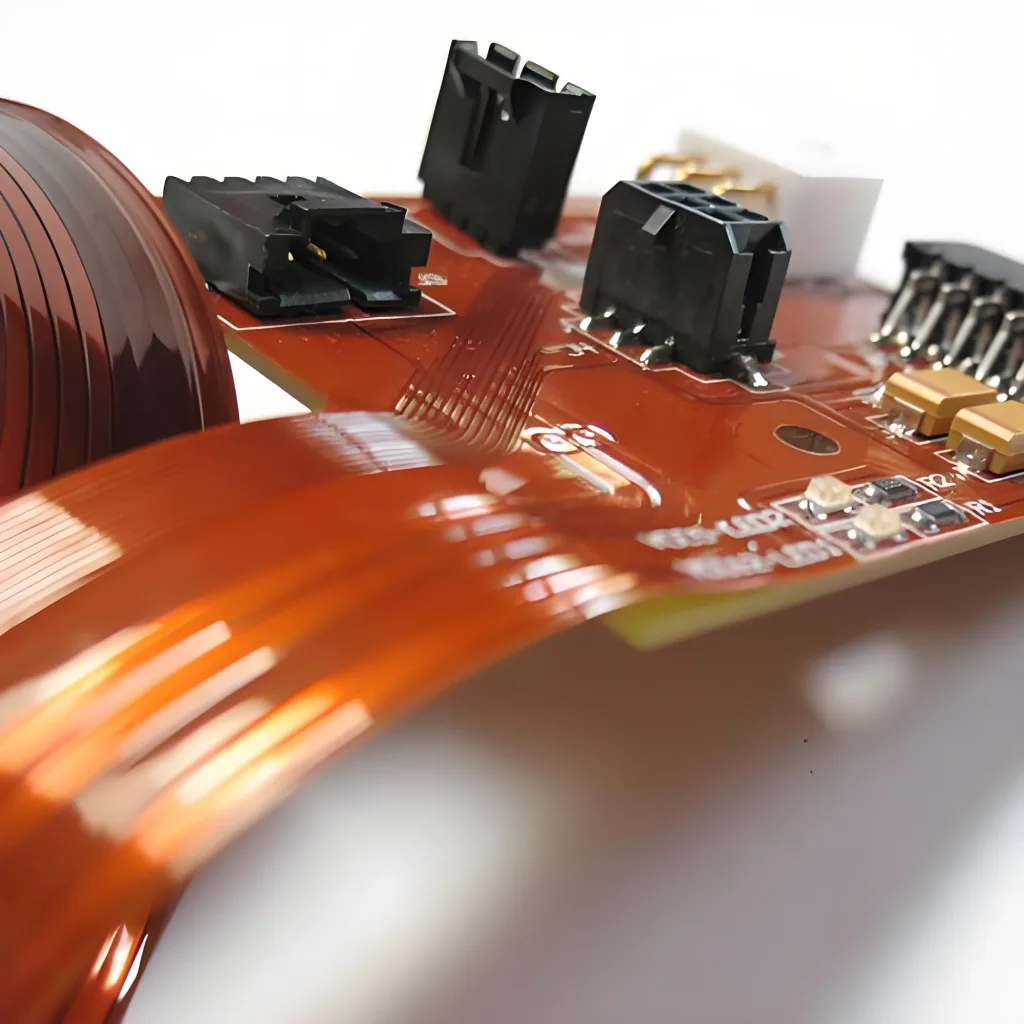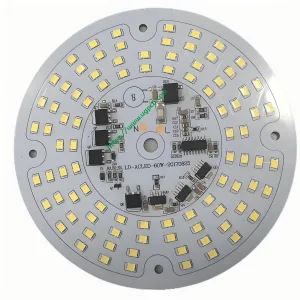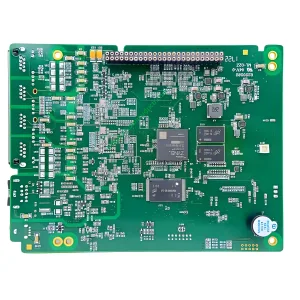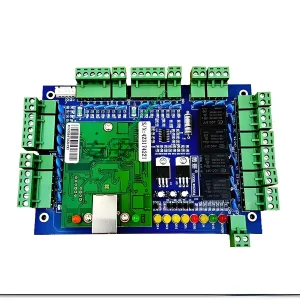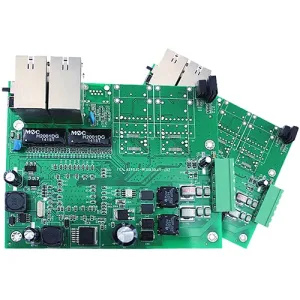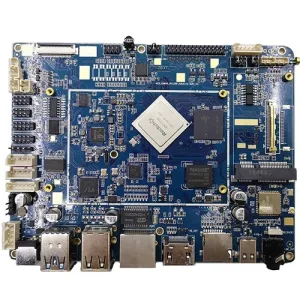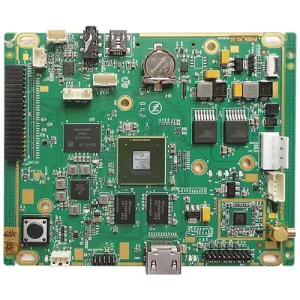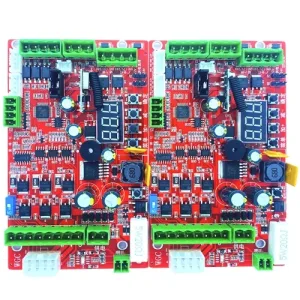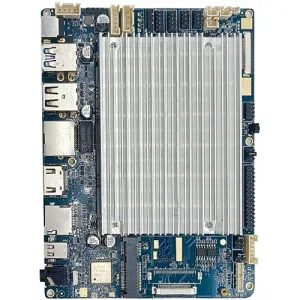Rigid Flex PCBA manufacturing and PCBA design, c'est, the manufacturing technology combining PCB and FPC. Most rigid flex boards consist of multilayer flex circuit substrates attached to one or more rigid boards from the outside and / or inside, depending on the design of the application. The flexible substrate is designed to be in a constant flexural state and is usually formed as a flexural curve during manufacturing or installation.
Rigid Flex PCBA design is more challenging than the design of a typical rigid board environment because these boards are designed in 3D space, which also provides higher space efficiency. By being able to design in three dimensions, the rigid flexible designer can twist, fold and roll up the flexible plate substrate to achieve the shape required for the final application packaging.
Rigid flex PCBA provides a wide range of applications from smart devices to mobile phones and digital cameras. Rigid flexible plate manufacturing has been increasingly used in medical devices such as pacemakers to reduce their space and weight. The use of rigid flex PCBA has the same advantages and can be applied to intelligent control systems.
In consumer products, rigid flex PCBA not only maximizes space use and minimizes weight, but also greatly improves reliability, thus eliminating many requirements for welded joints and fragile wiring prone to connection problems. These are just some examples, but rigid flex PCBA can benefit almost all advanced electrical applications, including test equipment, tools and Automotive PCB and PCBA.

Disadvantages of rigid flex PCBA
If only [FPC + PCB + connecteur] is used to compare [soft and hard combination board], the biggest disadvantage is that the price of [rigid flex PCBA] is relatively expensive, which may be nearly twice the price of the original [FPC + hard board], but if the price of connector or hotbar is deducted, the price may tend to be the same, The detailed expenses may have to be actuarial before they can have a clearer outline. Another disadvantage is that both SMT beating and furnace passing may need to use a carrier to support the FPC, which virtually increases the assembly cost of SMT.
Advantages of rigid flex PCBA
In addition to the price, using rigid flex PCBA has many advantages, as listed below:
1. It can effectively save the space on PCB and save the process of using connector or hotbar
Because rigid flex PCBA has been combined together, the space originally required to use connectors or hotbar process can be saved. For some PCBs with high-density requirements, missing a connector is like picking up a treasure,.
De cette façon, the cost of using the parts of the connector or the cost of the hotbar process is saved. En outre, the space between the two boards can be closer because the connector is omitted.
2. The signal transmission distance of rigid flex PCBA is shortened and the speed is increased, which can effectively improve the reliability
The traditional signal transmission through the connector is PCB- connecteur – FPC – connecteur – PCB], while the signal transmission of rigid-flex PCBA is reduced to PCB – FPC – PCB]. The signal transmission distance is shortened, and the problem of signal transmission attenuation between different media is reduced. En général, the circuit on the PCB is made of copper, and the contact terminal of the connector is gold-plated, The solder pin is plated with all tin, and solder paste needs to be welded on the PCB. The signal transmission between different media will inevitably be attenuated. If soft and hard bonding boards are used, these media will become less, and the signal transmission ability can be relatively improved. For some products with high demand for signal accuracy, it will help to improve their reliability.
3. Rigid flex PCBA simplifies product assembly and saves assembly man hours
Using rigid flex PCBA can reduce the working hours of SMT parts because the number of connectors is reduced. It also reduces the man hours for the assembly of the whole machine, because the assembly action of inserting the FPC into the connector or the manufacturing process of hotbar is omitted. It also reduces the cost of parts management and inventory. Because the BOM is reduced, the management becomes less.
 LOGO UGPCB
LOGO UGPCB

